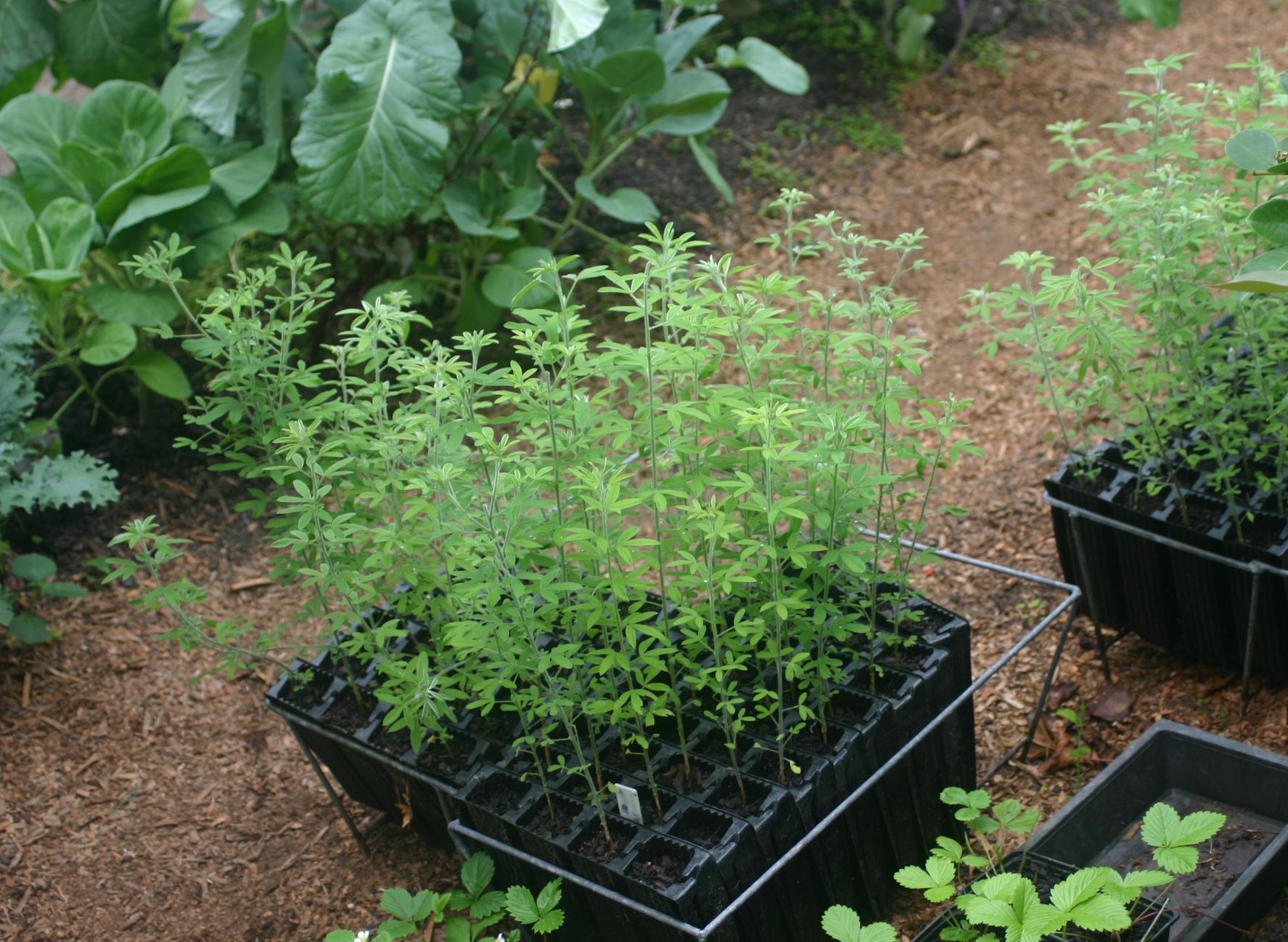Dial-a-Tree Virtual Tree Nursery
Tree Stuff Blog
Tree Lucerne: the Wonder Tree - by Ben Gaia
www.dialatree.co.nz
With the continued manuka honey boom, a favourite "wonder tree" from the seventies has been rediscovered by beekeepers. A small tree, related to broom, Tree Lucerne (Tagasaste, Chamaecyparis palmensis) grows at least a metre a year and blossoms in mid winter when there are few nectar sources, sustaining bees through the difficult winter months. Manuka farmers are planting Tree Lucerne along their boundaries for shelter and bee food. A legume, it is also delicious and wholesome to stock, and can be cut and fed out in drought conditions. After ten years the established trees produce small diameter firewood that burns extremely hot, very like old man gorse but without the spikes. The firewood heat output is up with the hardwoods like oak, almost double that of pine or willow. The trees are short lived, at about twenty years, then the dead ones supply this excellent firewood which you can leave standing and air dry it for a year. It ticks every box except timber.

Three month old seedlings, big enough to plant.
Though native to the warm, dry Canary Islands, and used in Africa as drought fodder, it has been grown and selected in New Zealand since the seventies, and local strains tolerate high rainfall and some frost down to about minus four. They dislike wet feet however, so on any moist ground they do best planted on a mound or on the hump of a hump-and-hollow paddock. Best planted at 30 to 40 centimetres tall in spring or summer, they quickly grow another metre in their first season and if fed with manure will double in size and volume each year until about year ten when they become a large sprawling 4 metre bush. They can grow too fast and get leggy, so a good tip is to cut the main leaders back by quite a lot, to strengthen the structure. A one metre trunk is good and strong with three or four main branches.
The NZ pigeons (kereru/kuku) love eating the sweet white blossoms. The established trees hold bunches of pigeons like large feathered fruits. The debate among orchardists is whether they attract more pigeons who may then damage the plum blossoms which follow, or whether they keep the greedy birds occupied, so that they lay off the more valuable fruit blossoms.

A fully grown 10 year old Tree Lucerne in blossom with a furious fat pigeon swooping towards the photographer.
Shelter belts were the original use for these fast growing legumes. They do well mixed with a variety of hardy natives like manuka, cabbage trees, wineberry, and coprosmas to form a diverse native shelter hedge along paddock boundaries or river banks. Because they act as perches for birds who carry other native seeds in their gut, Tree Lucernes are often recommended to assist native forest regeneration by sheltering young slower growing natives like totara, kahikatea and miro that the birds will bring in. Of course, Gorse will do the same job if left for twenty years, but Tree Lucerne is more user friendly and culturally less panic-inducing.
Back to dialatree www.dialatree.co.nz

